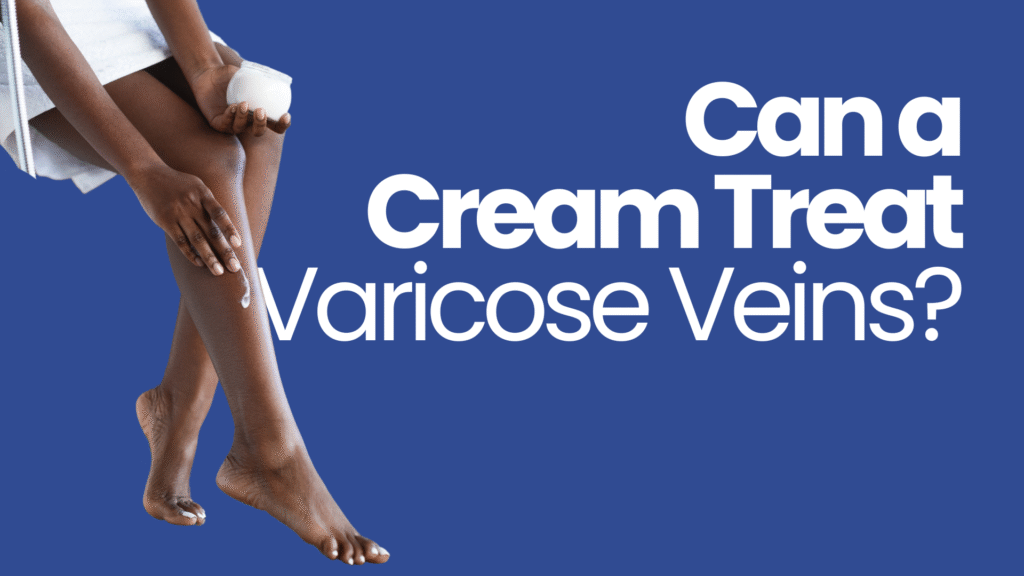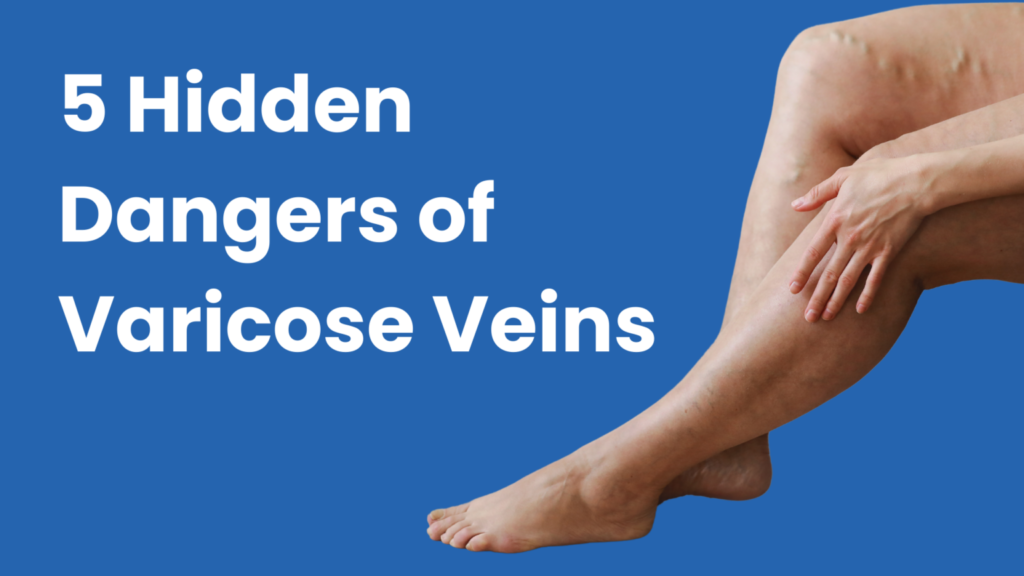About one in five adults in the United States develops varicose veins — those ropey, bulging veins that form on your legs. Why they develop in 20% of the adult population is largely due to several factors, and we explore them here.
While Dr. Ariel Soffer and our team here at Soffer Health Institute offer the treatments you need to address problematic veins, we also believe that education can play a key role in prevention and management.
If you want to better understand the factors that place you more at risk for developing varicose veins, and which ones you can act upon, read on.
The cause of varicose veins
To better understand which factors can play a role in whether you develop varicose veins, let’s take a quick look at what causes them in the first place.
The veins throughout your body are tasked with delivering blood back to your heart and lungs to pick up nutrients and oxygen, which your arteries then circulate back out. This process is extraordinarily fast — the 6 quarts of blood in your body is circulated three times every minute.
In this complex and vast network of blood vessels, certain veins have a tougher job, namely those in your legs, which are challenged by both distance and gravity. To overcome these obstacles, these veins are equipped with tiny valves that shut off as your blood passes through, preventing it from spilling backward.
If these valves begin to weaken or malfunction, blood can pool, which engorges the vein and pushes it toward the surface of your skin, giving you varicose veins.
Varicose vein risk factors
There are several factors that place you more at risk of developing varicose veins, some of which you have no control over and others you can influence.
Of those factors you can’t control are things like:
- Gender — women are more likely to develop varicose veins
- Age — blood vessels weaken with age
- Hormonal changes — more so in women and especially during pregnancy
There are just as many risk factors that are within your control to change, however, and these include:
- Carrying extra weight
- Spending long periods on your feet
- Having a sedentary lifestyle
- Smoking
As you can see by this list, there are many frontline lifestyle remedies that can improve your chances of preventing varicose veins, especially losing weight and keeping your body moving.
Treating varicose veins
If you’ve developed varicose veins, the good news is that we offer treatments — including endovenous ablation and sclerotherapy — that can rid your legs of these veins.
It’s important, however, to still pay close attention to your risk factors after your treatments so that you can prevent these veins from reappearing down the road.
If you’d like to learn more about your risks for varicose veins, contact one of our three offices in Aventura and Weston, Florida, to set up a consultation.



